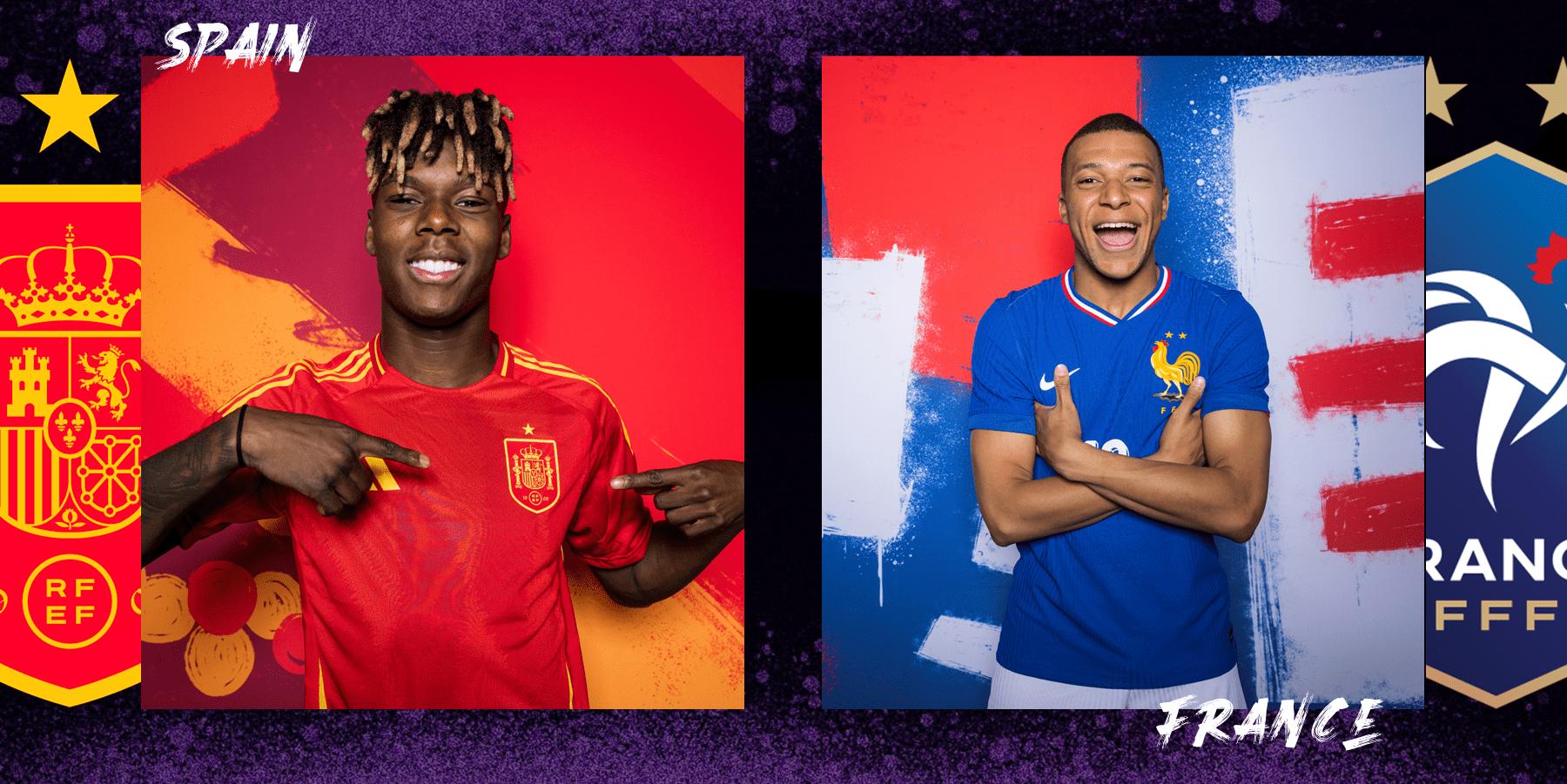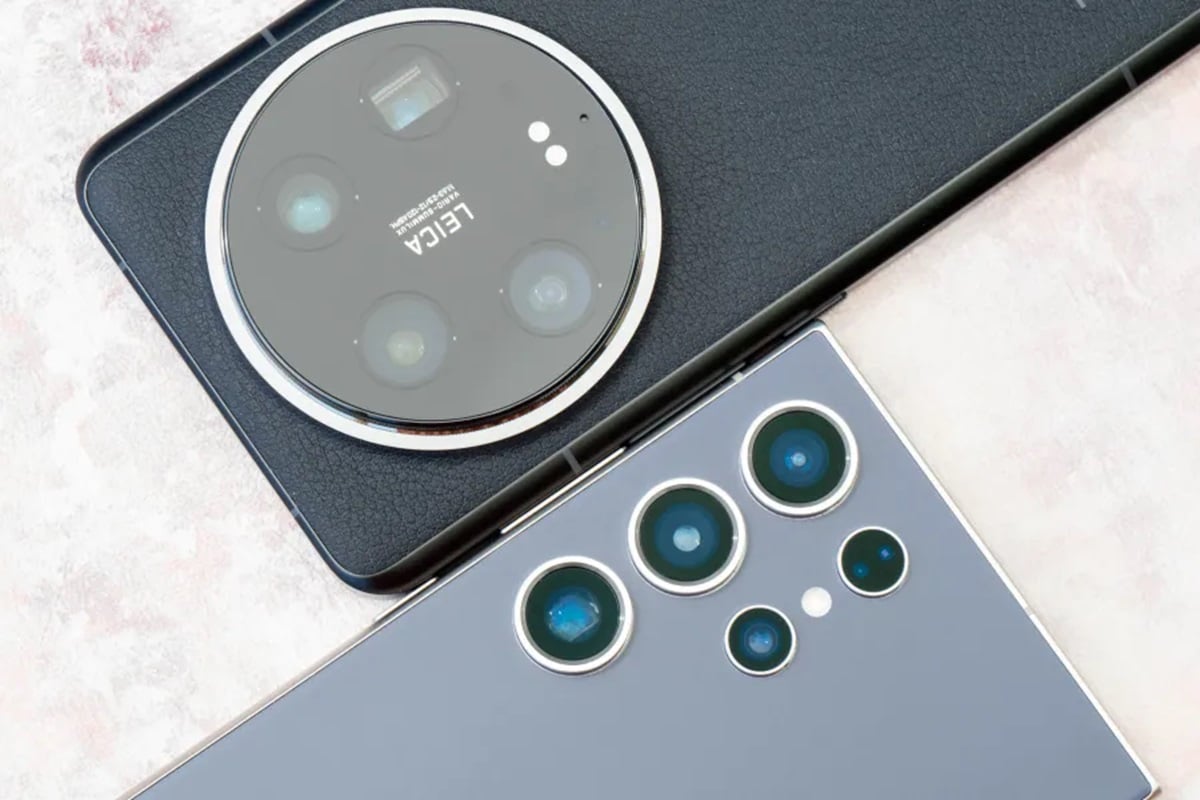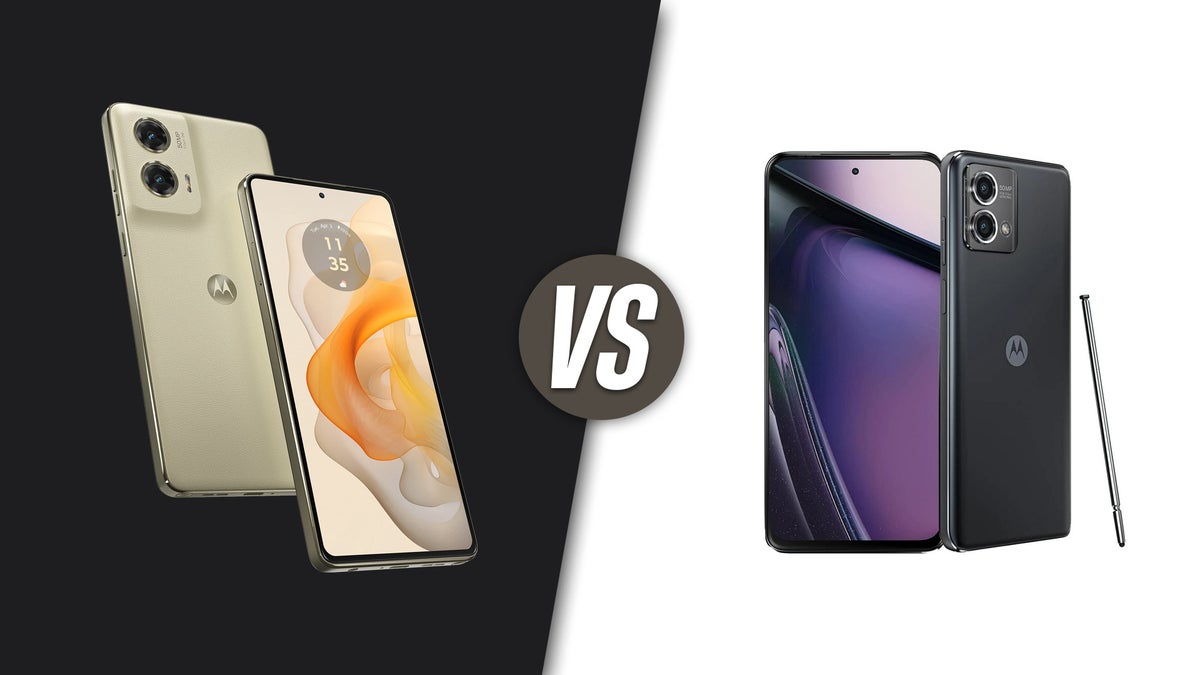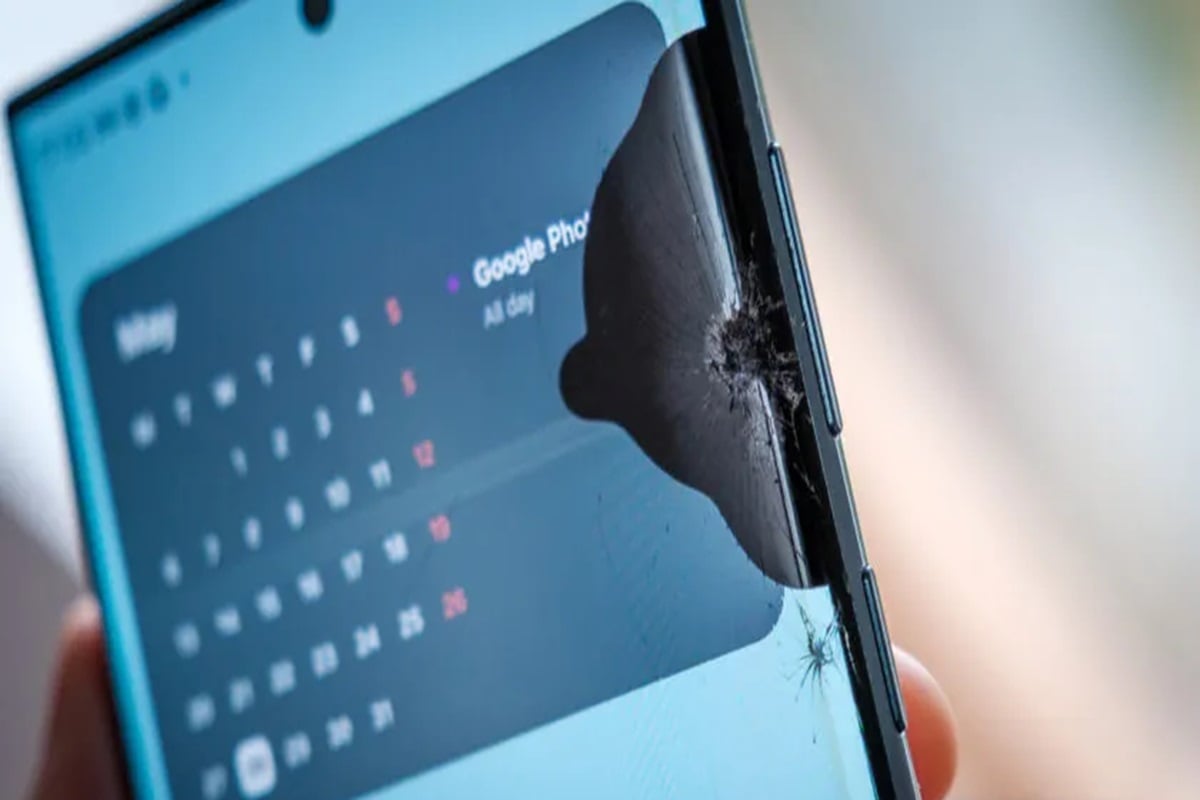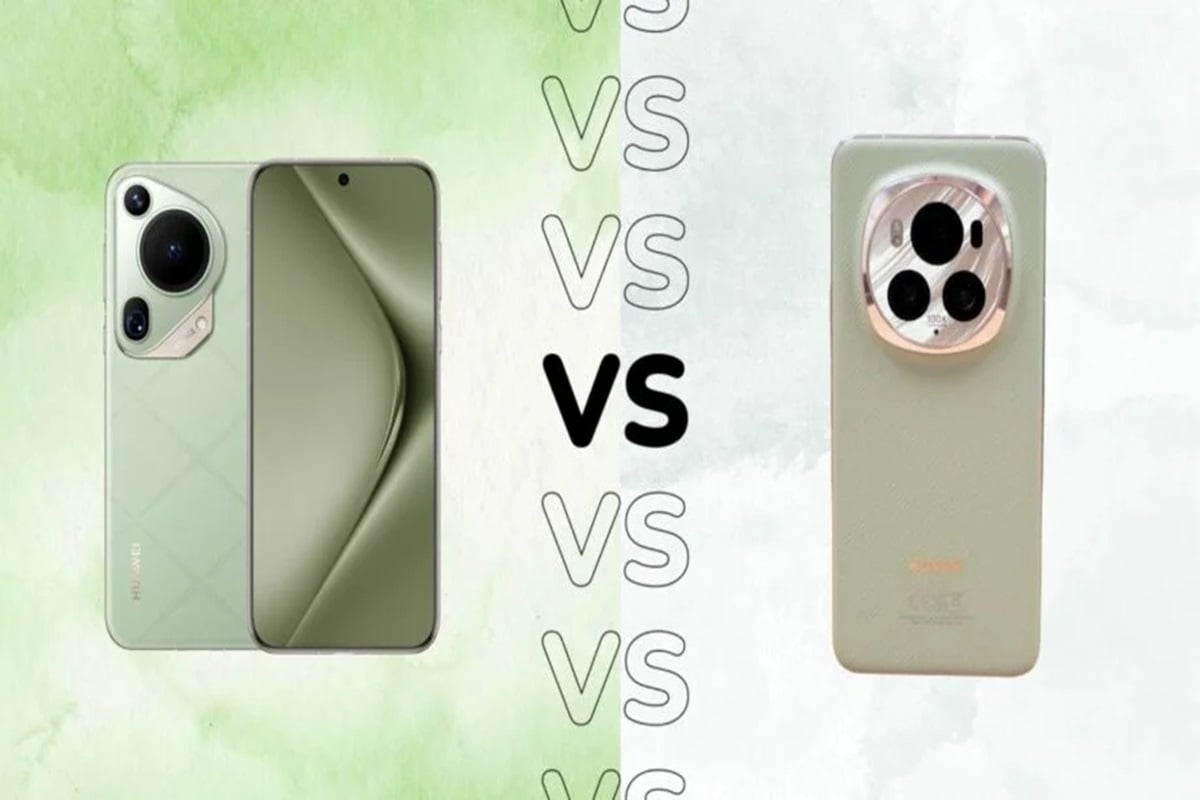Samsung has been doing great in the foldable phone market for the past few years. Their latest model, the Z Fold 6 is now available while many people still use the Z Fold 5. This article will compare the specs of these two phones to help you decide if you should upgrade.

Display
The 6.3-inch HD+ Dynamic AMOLED 2X cover display, a 2376 x 968-pixel resolution, 410 pixels per inch (ppi), and a dynamic refresh rate from 1hz to 120Hz of news device is gonna be surprise you. The internal display is 7.6 inches with a resolution of 2160 x 1856 pixels. In comparison, the Z Fold 5 has a slightly smaller 6.2-inch AMOLED display with a resolution of 2316*904 pixels. Its internal display is also 7.6 inches, but the resolution is 1812*2176 pixels.
Camera
The cameras on both devices are quite similar. The 50-megapixel main camera has dual-pixel autofocus (DPAF), optical image stabilization (OIS) and an f/1.8 aperture. The ultrawide lens is 12MP and has an f/2.2 aperture and a 123-degree field of view. The telephoto camera is 10MP and features OIS, DPAF, an aperture of f/2.4, and 3x optical zoom. Aside from the ultrawide camera, which remains at 12 megapixels, the rest of the camera specs are almost identical to the Z Fold 5.
Design
There’s not much difference in design between the two phones. The Z Fold 6 feels slightly more comfortable to hold and is easier to carry around. It weighs 239 grams, whereas the Z Fold 5 weighs 253 grams. he Galaxy Z Fold 6 measures 68.1mm by 153.5mm by 12.1mm. When unfolded, it’s 132.6mm by 153.5mm by 5.6mm.
Performance and Battery
Galaxy Z Fold 5 has Qualcomm’s Snapdragon 8 Gen 2 for Galaxy chipset inside, the Galaxy Z Fold 6 has the newer Snapdragon 8 Gen 3 for Galaxy, which originally launched with the Galaxy S24 series. Both generations of foldables have 12GB RAM. Both phones come with 12GB of RAM and offer storage options of 256 GB, 512 GB, and 1 Terabyte. They also share the same battery capacity of 4400 mAh and support fast charging speeds of up to 25W.
The Z Fold 6 offers some upgrades in display resolution, slight improvements in design, and a newer chipset. If you already own the Z Fold 5, the differences might not be significant enough to get an immediate upgrade to new foldable device.

